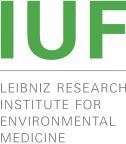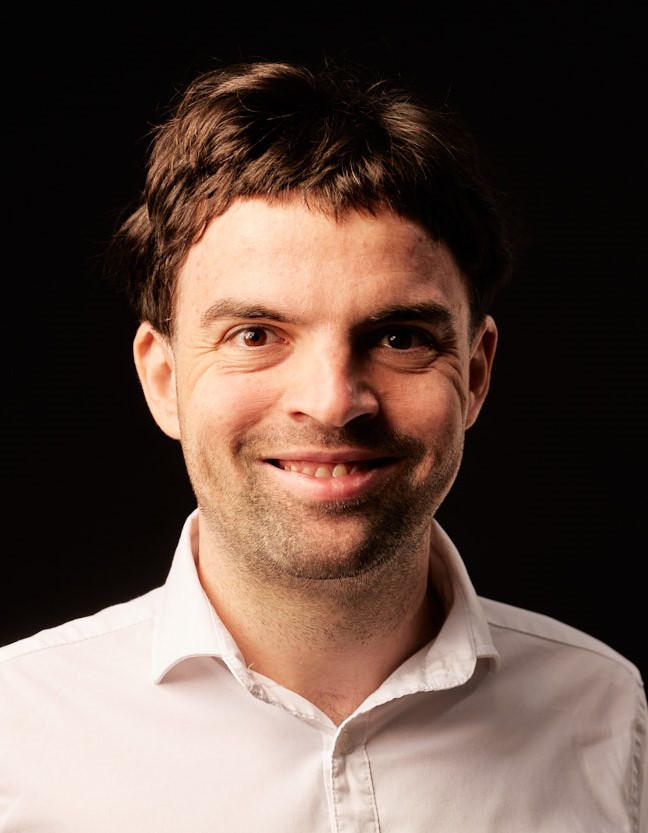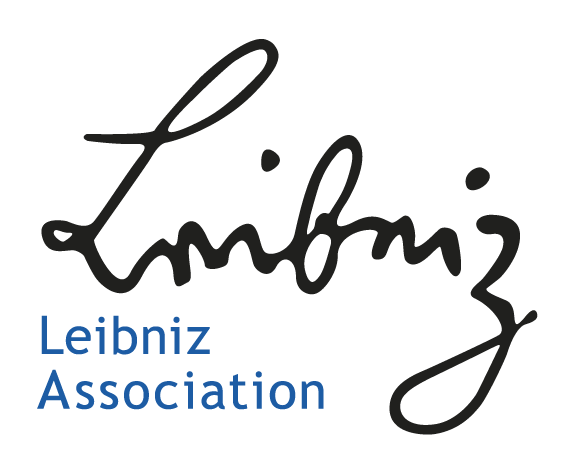The newly installed group aims at deciphering how environmental toxins, e.g., particles, radiation or chemicals, accelerate the aging process at the molecular level and promote the development of associated diseases.
In the past, the group leader used multi-omics approaches to examine so called alternative animal models of aging research. These are species that display exceptional lifespans often in combination with other interesting aging traits. We analyzed, e.g., samples both from very short-lived organisms, such as Nothobranchius killifishes as well as from long-lived ones, such as clownfishes and even non-aging species like Hydra. Taking an evolutionary perspective, we often compared the genomes, epigenomes, and transcriptomes of these alternative animal models with those of closely related species that do not exhibit such extreme aging traits. A special focus is on mole-rat species such as the naked mole-rat. These animals not only live to an exceptional age for rodents, with lifespans of more than 30 years, but also almost never develop cancer. In addition, aging rates and lifespans vary strongly depending on social and reproductive status within the respective colony.
As bioinformaticians, we work closely with different zoological research groups that maintain alternative model organisms. Complementing our data analyses, we are developing new tools and methods such as pipelines for genome-wide detection of positively selected genes and models to study epigenomic evolution.
In the future, we plan to use our evolutionary models to find out which genetic and epigenetic adaptations allow certain species to withstand extreme environmental stresses. For example, naked mole-rats can tolerate carbon dioxide concentrations that would kill both closely related species and humans.
In addition, we will apply our multi-omics methods to unique samples available at the IUF to identify genes and pathways that are altered by exposure to environmental toxins. In particular, we will focus on epigenetic changes that alter gene regulation in the longer term, i.e., potentially beyond the period of actual exposure. To this end, we will study bioinformatically samples from cell cultures and animal models as well as from humans exposed to e.g., air pollution, neurotoxins or radiation.
Junior group leader:
Arne Sahm
Epigenetic aging signatures of chronic CO2 exposure in the naked mole rat
Elevated carbon dioxide (CO2) concentrations pose a major health risk. However, little is known about the molecular mechanisms and adaptive responses. Naked mole-rats (Heterocephalus glaber) are an impactful animal model because they are exceptionally long-lived, like humans. However, naked mole-rats can tolerate a much wider range of CO2 levels, including severely hypoxic conditions that would be fatal for human. Therefore, we will examine both captive and wild colonies by relating CO2 concentrations measured in their burrows with corresponding epigenetic alterations. To identify the genes and signaling pathways whose transcriptomic and epigenetic state is adjusted in response to long-term exposure to high CO2 levels, we will apply RNA-seq, ATAC-seq and RRBS to skin biopsies. Finally, we will use the epigenetic data again to quantify to which extent elevated CO2 concentrations accelerate the ageing process of this long-lived animal model by evaluating the data with an epigenetic clock. The project is funded within the Leibniz Research Alliance Resilient Ageing.
National:
Thomas Hildebrandt und Susanne Holtze, Leibniz-IZW, Berlin
Steve Hoffmann, Martin Fischer und Marco Groth, Leibniz-FLI, Jena
Sabine Begall und Philipp Dammann, Universität Duisburg-Essen
Pascal Malkemper, Max-Planck-CAESAR, Bonn
Helmut Pospiech, Universitätsklinikum Düsseldorf
International:
Alessandro Cellerino, Scuola Normale Superiore, Pisa, Italy
Postdoc




